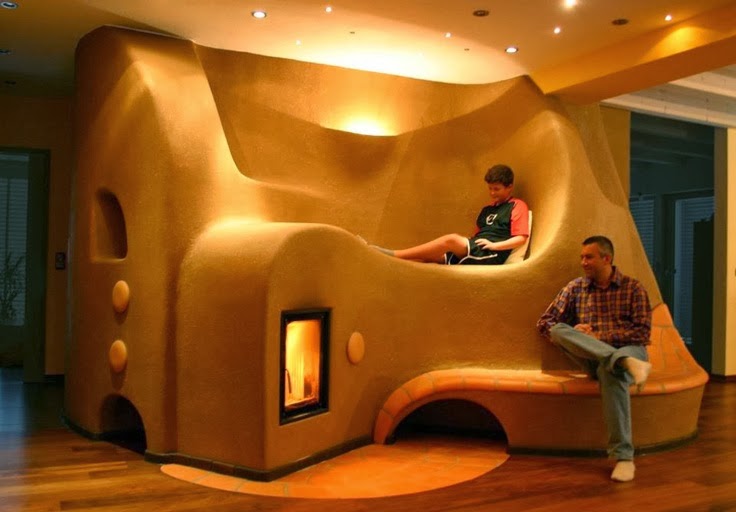Dee J
Established Member
I've been involved in electrical installation around a couple of ASHP installations, and the biggest complexity, cost and potential failure points would seem to be trying to incorporate water heating. For a smaller property with relatively low water usage - one shower + basin and with cold fill dishwasher and washing machine, I wonder whether just a small electrically heated mains pressure tank for the hot water would win in simplicity and capital cost over slightly raised running cost. Save the heat pump for space heating only?
For the OP's larger property I think some analysis of actual usage patterns might help sway the decision. Does the house sit empty 75% of the time or is it continually occupied to capacity? Heat pump operation is generally optimised for continuous steady state rather than fast response operation.
For the OP's larger property I think some analysis of actual usage patterns might help sway the decision. Does the house sit empty 75% of the time or is it continually occupied to capacity? Heat pump operation is generally optimised for continuous steady state rather than fast response operation.


































